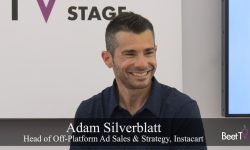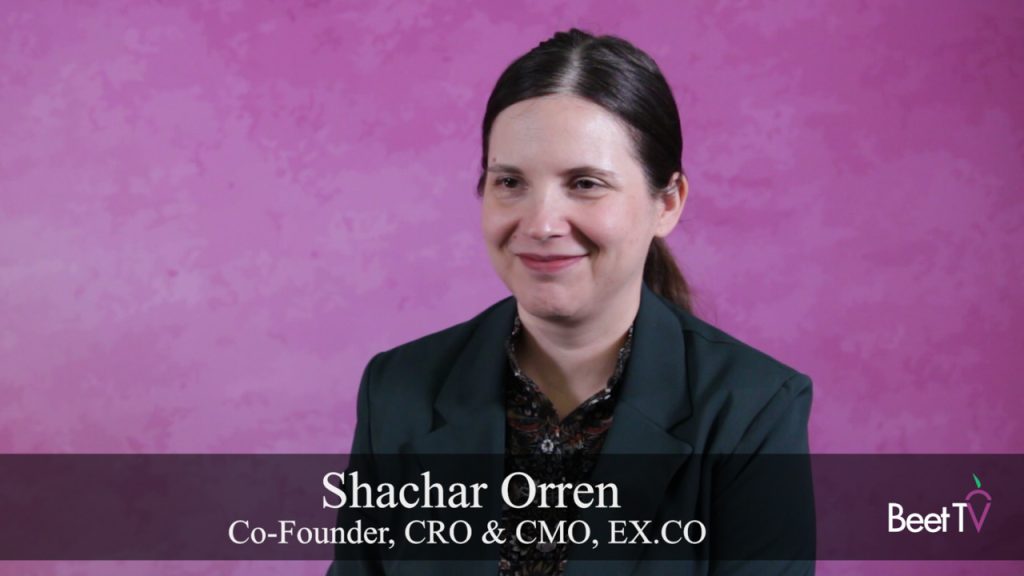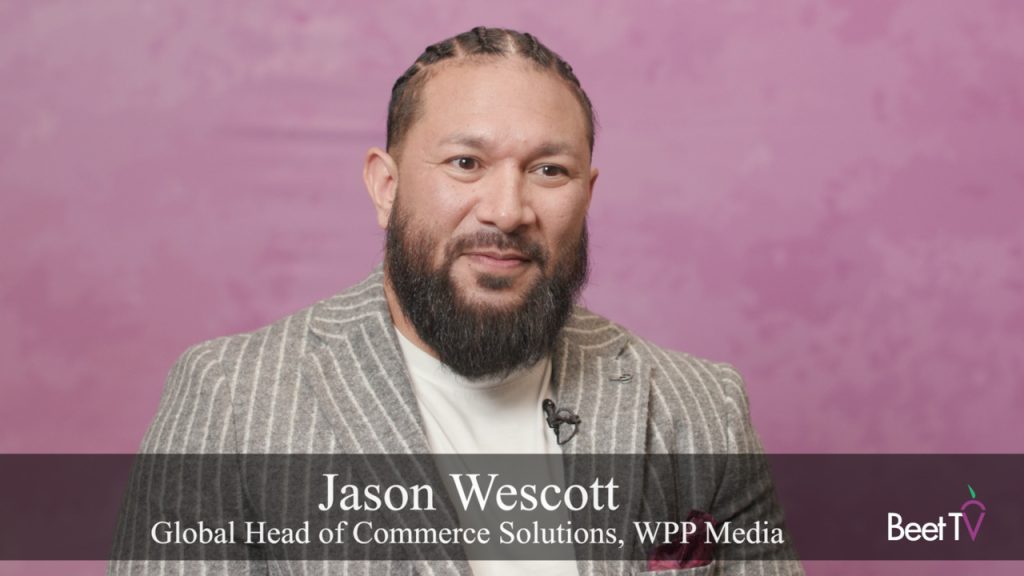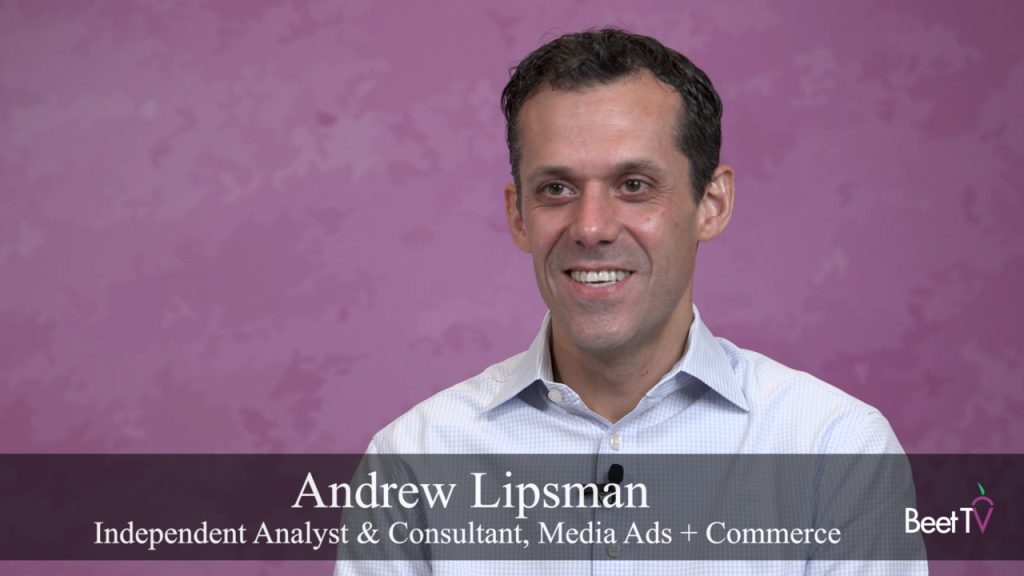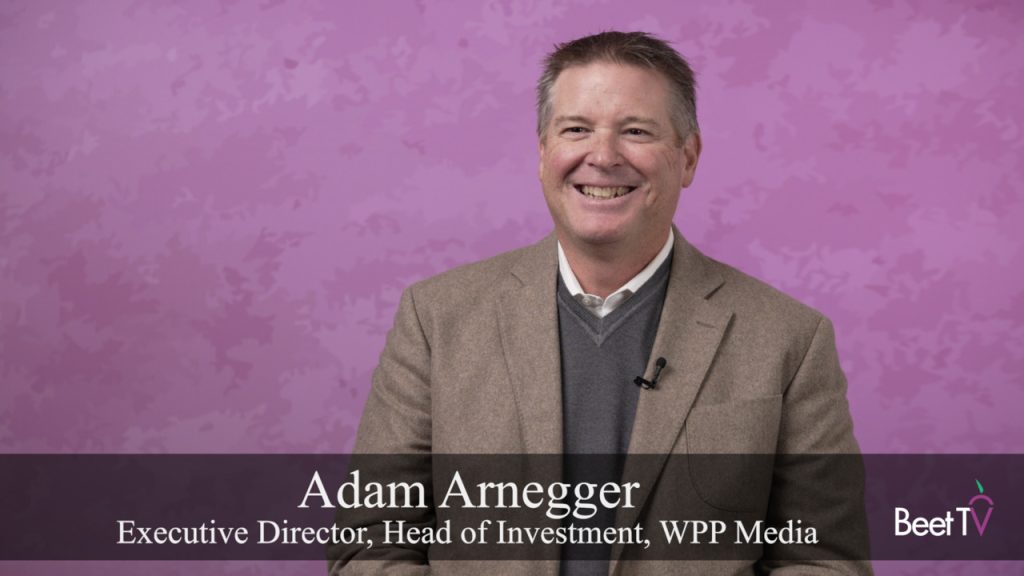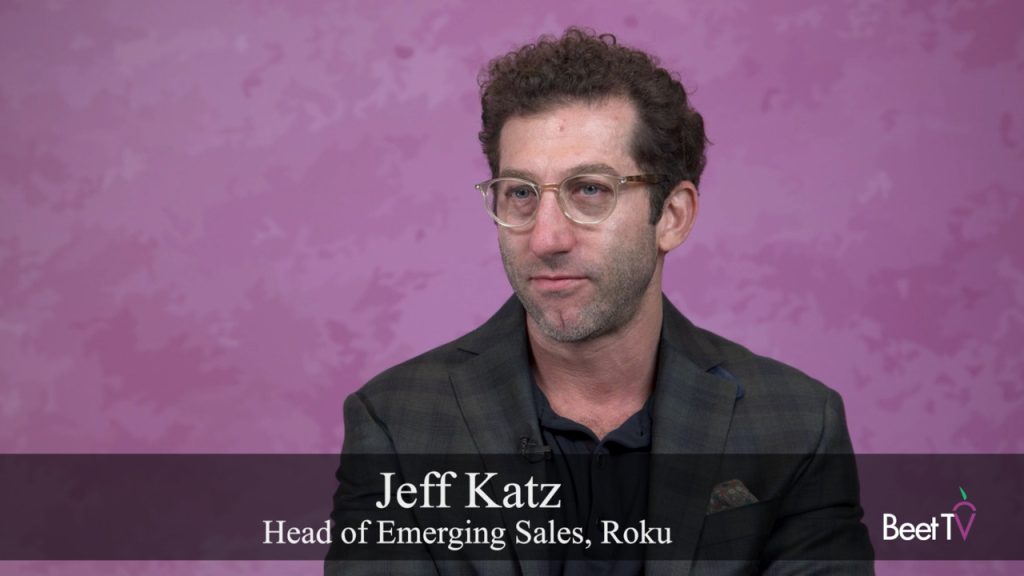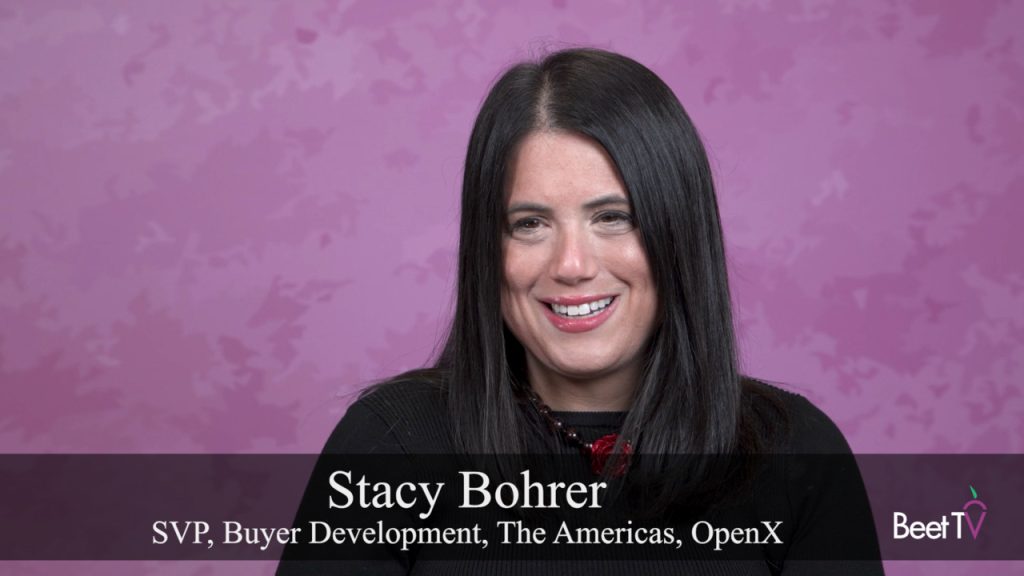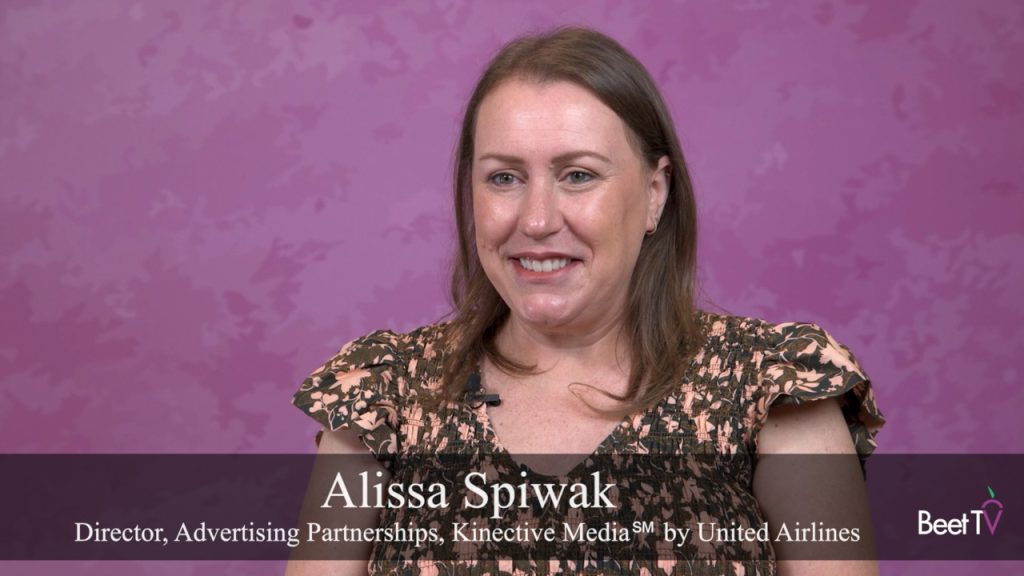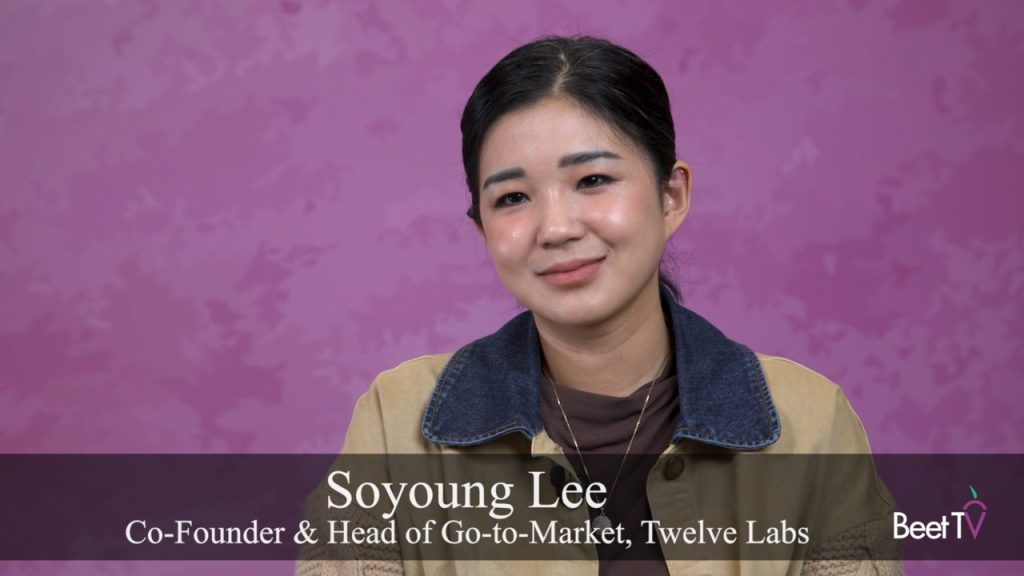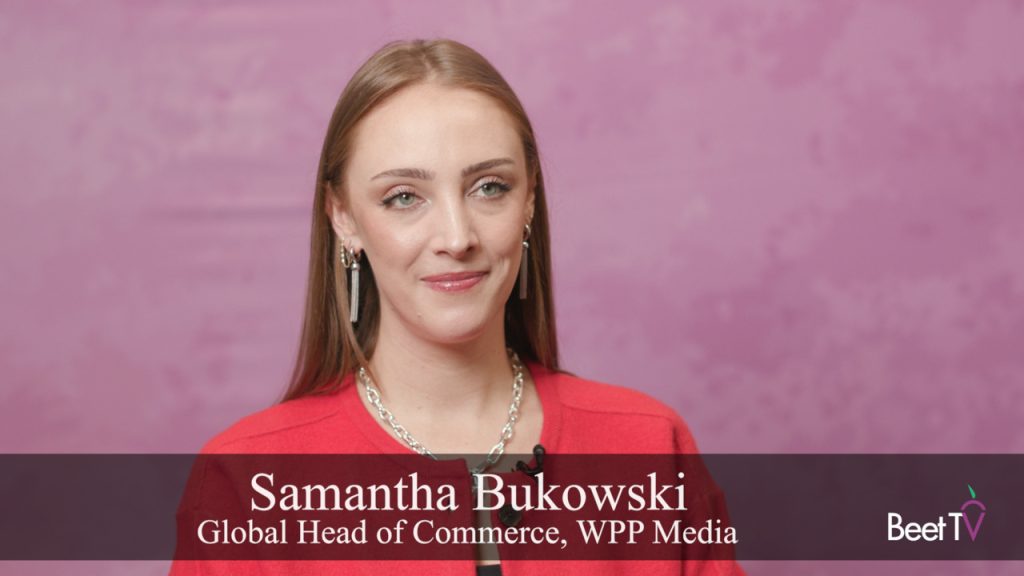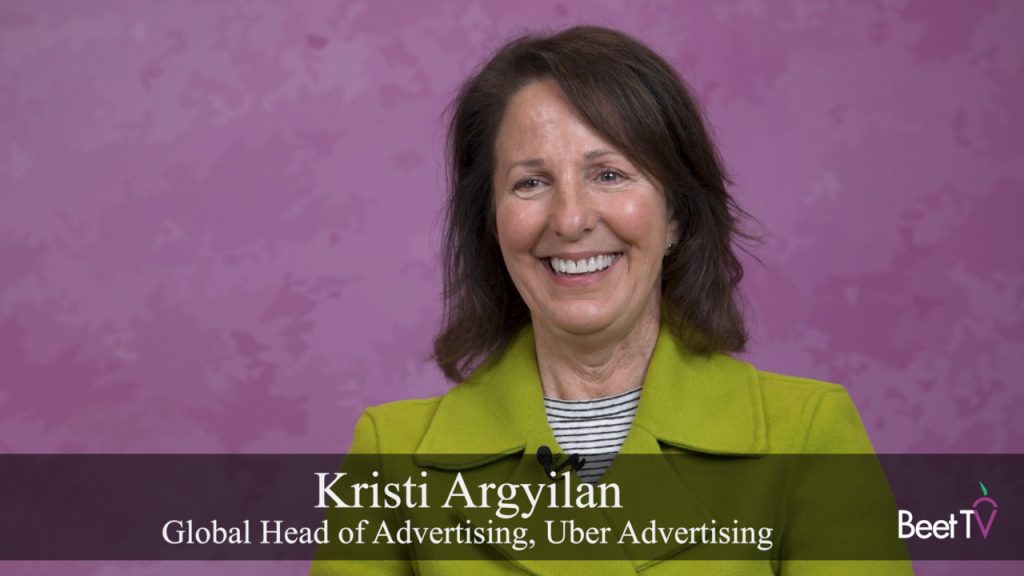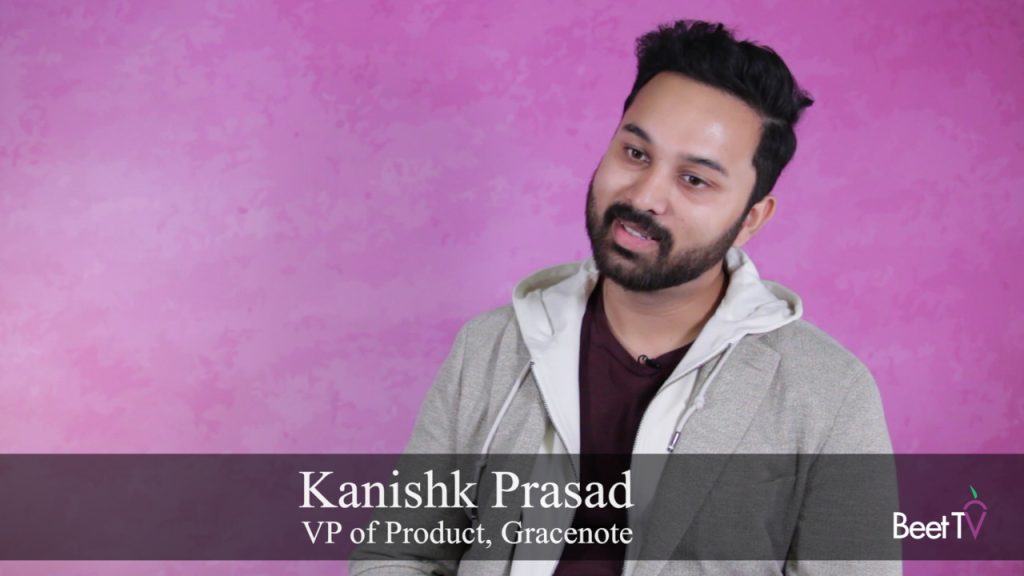CANNES – Retail media is reshaping how brands connect with consumers, fueled by AI, identity-driven targeting and growing integration between digital and physical environments. That was the consensus among executives from Uber Advertising, Albertsons Media Collective and Publicis Groupe’s Epsilon, who spoke on a panel moderated by Jon Watts, managing director of the Coalition for Innovation in Media Measurement, at the Cannes Lions International Festival of Creativity.
“I look at the four A’s,” said Edwin Wong, head of measurement science at Uber Advertising. “It’s really about access, attention, activation and accountability.”
Wong said Uber’s advertising business benefits from high-intent signals and a first-party data moat that enables closed-loop measurement and real-time engagement with consumers.
“Our experience, which is all around the go and the get, is about the human journey that delivers serendipitously,” Wong said. “We’re seeing that marketers are really being attuned to it.”
Retail media meets moments that matter
For Albertsons Media Collective, retail media offers brands the ability to influence purchase decisions with precision, while preserving the power of storytelling.
“Marketers have been looking for three things forever,” said Julian Mintz, vice president of ad sales at Albertsons Media Collective. “They want a verified person that they know is in market, they want to influence that person, and they want to measure whether that influence led to a sale. Retail media cracks that code.”
Albertsons is investing in in-store innovation to bridge the online and offline experience.
“Today we announced our digital display network,” Mintz said. “Big impactful digital screens in the store. Now we’re making that moment in the store a moment that matters, where we can use data and closed-loop measurement to actually make that moment meaningful for marketers as well.”
Identity, AI and the connected retail ecosystem
Austin Leonard, senior vice president of retail media at Epsilon, emphasized the importance of identity as the foundation of effective retail media strategies.
“The retailer has their audience,” Leonard said. “The first thing you need to do is be able to have a way to identify them. So identity is the backbone. How do you take your CRM? How do you activate it?”
Leonard noted that retailers with a strong understanding of their audiences can help brands drive measurable results, especially as AI accelerates innovation.
“It’s all about AI,” he said. “It is allowing us to actually move a lot faster, whether it’s creating new ways to build audiences or creating better ways to measure.”
Influencers are also becoming a bigger part of the retail media equation. “We think there’s a ton of innovation that’s happening there,” Leonard said, pointing to Publicis’ acquisition of Influential as a key enabler for brands.
Consumer Experience: Relevant, convenient and creative
Despite growing digital sophistication, the panelists stressed that retail media must serve the consumer, delivering convenience and relevance without being disruptive.
“Say what you want about advertising, when it’s relevant, it’s real, and they like it,” Mintz said. “When retail media is done right, and when it’s relevant, it basically becomes a personal shopper that’s whispering in your ear.”
Wong agreed, framing retail media as permissive rather than interruptive.
“Convenience made accessible in a real way,” he explained, citing Uber’s ability to connect ride services with grocery delivery or other needs. “It’s not even leaning in, it’s actually being in.”
The Future: Predictive relevance, collapsing digital-physical boundaries
Looking ahead, the panelists agreed that predictive AI will be central to the evolution of retail media.
“Predictive relevance is a whole new ball game,” Mintz said, describing how AI models can anticipate consumer needs, such as targeting allergy medication based on real-time pollen levels and purchase behaviors. “We can serve an ad to someone to buy that medication before they even get the sniffles.”
Wong highlighted Uber’s vision of creating “serendipity” in the consumer journey by leveraging AI and persistent identity signals.
“With that same sort of precision, I think we’re doing that on the advertising side,” he said.
The panel also addressed concerns around fragmentation, standardization, and the need for interoperability across retail media networks. While Leonard dismissed the idea of a “super aggregator,” he acknowledged the need for collaboration and standard frameworks.
“Competition is actually driving the innovation,” Leonard said. “But building those tools out so they can do that is your core job as a retail media network.”
2030: The retail media landscape redefined
Asked to imagine the future of retail media by 2030, the panelists shared a vision of seamless integration between physical and digital spaces.
“We’re going to see fluidity between physical and digital in a way much bigger than just shoppability online or digital screens in the store,” Mintz predicted. Leonard added that rapid advancements in AI, identity, and ad formats will transform the shopping experience entirely.
For Wong, the future is about “serendipity,” where advertising enhances the consumer journey without being intrusive.
“How are we going to leverage ML and AI to really create that sort of serendipity so that when you’re in that moment, you’re actually with the consumer, convenience adjacent, so that you’re on their path?” Wong asked.
You’re watching Beet.TV coverage from Cannes Lion 2025. For more videos from this series, please visit this page.














